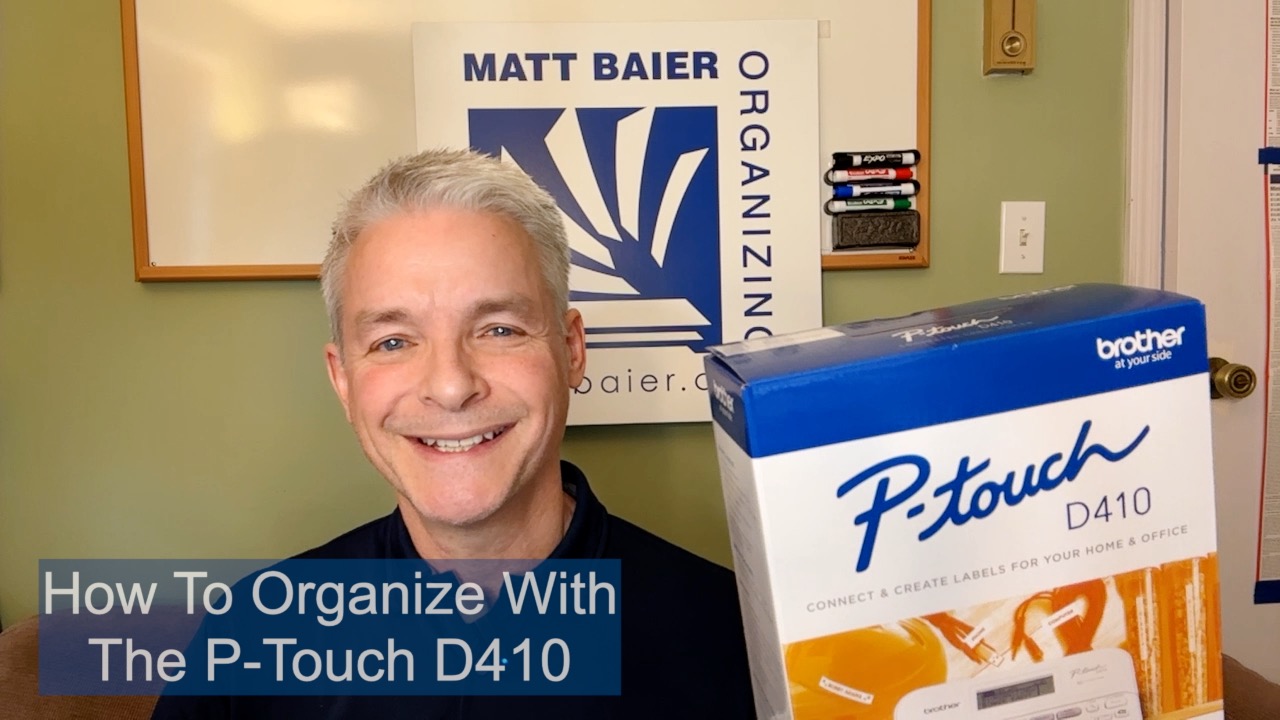Book Review: The Life-Changing Magic of Tidying Up by Marie Kondo
 For all of you who have been asking if I have read Marie Kondo’s The Life-Changing Magic of Tidying Up: The Japanese Art of Decluttering and Organizing, the answer is finally “yes.” Here are my thoughts.
For all of you who have been asking if I have read Marie Kondo’s The Life-Changing Magic of Tidying Up: The Japanese Art of Decluttering and Organizing, the answer is finally “yes.” Here are my thoughts.
I am impressed with Ms. Kondo’s lifelong devotion to studying the art of tidying. She is completely committed to it and sees a higher purpose to it. I am particularly impressed that her clients have no rebounds. Her process of discarding is so thorough, it leaves no room for bad habits.
I have always told my clients that our focus not on discarding, but actually on what they are keeping and on why and on how much, and on where it’s all going to go. Discarding is, of course, a by product of those decisions, but it’s not the main focus. I was happy to see that Ms. Kondo says basically the same thing. The focus should be on what you are keeping and she has one very simple rule, that she says consistently throughout the book: Items you choose to keep “must spark joy.”
I also like what she says about storage. Organizing should be less about finding the perfect storage solution, and more about eliminating the excess. In fact her favorite storage structure is a simple shoe box. I’m afraid her book won’t do much to help sales at The Container Store.
A lot of organizers will say that if your whole house is disorganized, just start with something small, like the junk drawer. Not Marie Kondo. She believes you must take on the whole house in one fell swoop, in order to offer a comprehensive solution that will last. I agree, but I know what a huge project that is. That’s why I have a team of organizers. Ms. Kondo works alone, so how does she keep up? Simple, her clients must get on a three month waiting list. And they are happy to wait!
She emphasizes just two parts to getting organized: Discarding and deciding where things go. Discarding is by far the most important part and it must be done first. I couldn’t agree more. I also like that she says you should organize by your standards, not somebody else’s rules. For example, there’s a common organizing rule, that if you haven’t seen something in a year, you don’t need it. She finds this overly simplistic, along with some similar conventional rules.
There are, however, a few recommendations that I question. She does not recommend a seasonal rotation of clothes. While I agree that it is possible to go overboard on this, I know that I am not going to need my heavy parka or thermal socks from May to October, so why not store them more remotely?
I also think she is way too cavalier on the subject of discarding paper. Most people are not in a safe enough place to make the leap to paperless (or almost paperless) and I don’t think Ms. Kondo offers adequate instructions, to suit everybody, in her book. Going paperless, does not mean that suddenly everything is automatic. It still requires a lot of work, to cover payments, record-keeping, and actions. She asks “why keep credit card receipts?,” for example. How about for tax supporting material? I’ve tried retrieving credit card statements digitally and have simply not found it as easy as keeping paper records.
I also can’t help wondering if her scope is a little narrow. It seems that all her clients are women, primarily in their 30’s. Would the average man would buy into her methods? I’m not so sure. She describes her routine when coming home from work and it seems beautifully fluid. She notes that she is not bragging, but simply demonstrating how a maintenance routine could work. I question such a reliable process for a crazy-busy parent. For the record, I am not a parent, but I have enough clients who are, that I understand how demanding and uncontrollable their lives can be, especially when combined with a full time job. I’m not convinced, from what Ms. Kondo describes, that her simple routines can translate to the variety of lifestyles that are out there.
One thing she recommends, that puzzles me, is storing books inside a closet. If you love books, you may be shocked with how radical she is on paring them down. As always, her goal is to reduce the excess, so that you are only left with things that spark joy. Great. If that’s the case, why hide items that spark joy? She makes a point about limiting storage areas and another one about reducing visual noise, so maybe that has something to do with it, but to me it feels like going too far. I believe that organizing is about taking the less important stuff out of the way so that you can focus on the most important stuff. Hiding what’s most important makes no sense to me. It seems that the space we inhabit should make a statement of who we our. I think our choice of favorite books contributes to this. Einstein said “If a cluttered desk is a sign of a cluttered mind, of what, then, is an empty desk a sign?” I wouldn’t want to get caught in that trap.
Perhaps the most unique feature of the KonMari method (as she calls it) is her personification of objects. This includes shoes, old books, and handbags. She maintains that discarding is easier if you first thank an item for its service before letting it go. “I truly believe that our possessions are even happier and more vibrant when we let them go than when we first get them,” she says. She also personifies the items one keeps. For example, she urges her clients to say to their clothes, “Thank you for keeping me warm all day,” when hanging them after returning home. When removing their accessories, she suggests clients say, “Thank you for making me beautiful.” She seems most sympathetic with socks. They work so hard all day, under tremendous strain, that it is an insult to ball them up in your drawer. I think that this is where her legion of clients and readers see the “magic” of tidying. There are tons of books on decluttering, but the personification of items is fresh. It helps people look at their possessions in a whole new way.
Kondo sums up by saying, “In essence, tidying ought to be the act of restoring balance among people, their possessions, and the house they live in.” She adds, “One theme underlying my method of tidying is transforming the home into a sacred space, a power spot filled with pure energy.”
Well said. However, one thing that seemed to be missing from this book were some success stories. She devoted a fair amount of time in the beginning to getting her clients clear on exactly why they want to get organized before beginning. I was happy to see that because is it is so essential to the process, but I kind of felt like she missed a great opportunity at the end. If getting organized is to help you reach important goals, what are some of those goals? I would have loved to hear some examples of how her technique helped clients be more productive or invite friends over again or restore family harmony—things that would have been impossible before getting organized. She devotes so much time to describing the means, that it would be nice to hear a little bit about the ends. Surely the whole point of the book wasn’t to make you fall in love with folding socks.
Despite there being parts that I might have found puzzling, cavalier, or incomplete, I still found this to be an outstanding organizing book and I can see why it has been so successful. If you have ever read organizing books before and they have not helped you get organized, it is certainly worth giving The Life-Changing Magic of Tidying Up: The Japanese Art of Decluttering and Organizing a try. It brings an entirely fresh approach and doesn’t let you off the hook with gimmicky shortcuts. Her approach brings some fun into the process, which is so important when you get stuck in the thick of it. This book brings inspiration to organizing.
Please Share With Your Community















